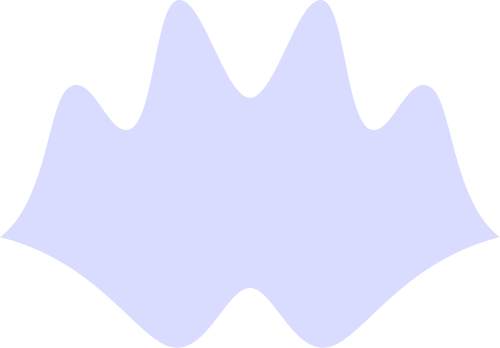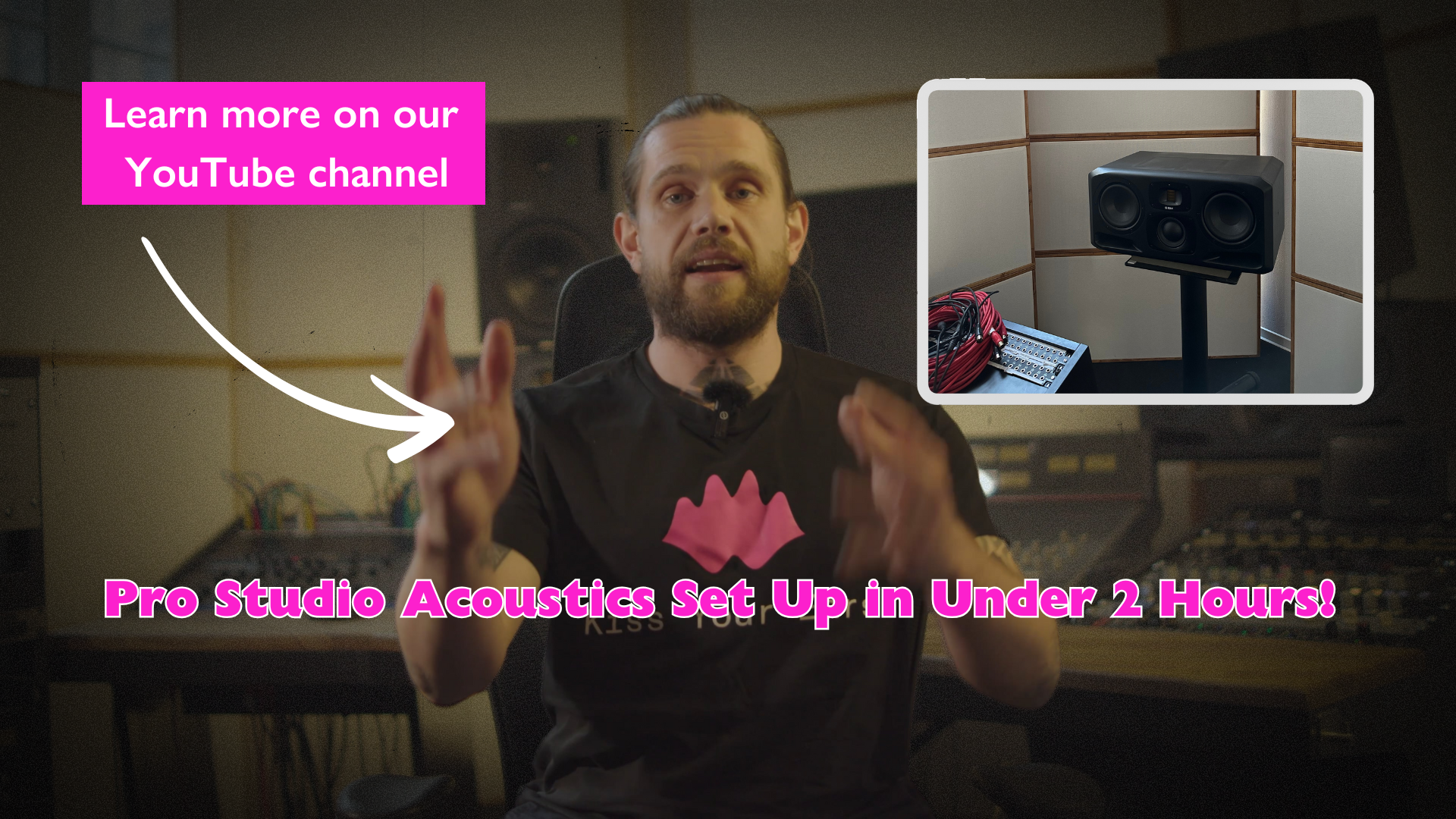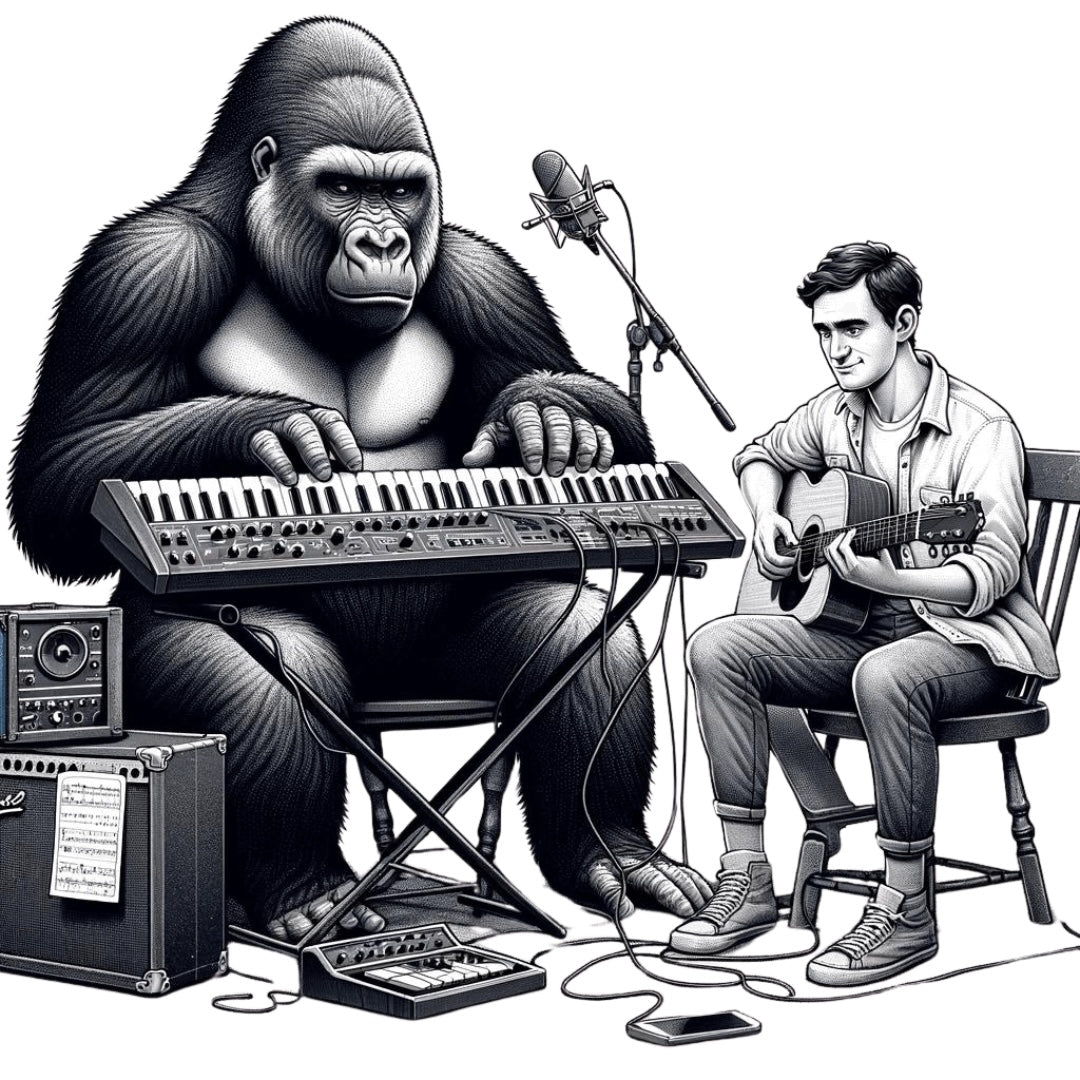Five reasons why club culture is music therapy
Written by Pete Armitage
Different disco cats have different intentions when seeking out the nightclub experience, we might identify a desire for escapism, sex or simply a couple of hours shuffling as possible motives for our club visits.
It’s a fairly postmodern phenomenon - seeking a hyperreal, deeply artificial environment as a tonic to the perceived mundanity of modern life. Our crepuscular plat du jour is characterised by amplified sensory stimulus - strobe lighting, loud repetitive music and often, fistfuls of mind bending tablets and powders.

What seems to be a common factor in the experience is its implicit therapeutic value. Granted, wandering around in a dark room nasally imbuing veterinary anaesthetics may not sound therapeutic, but to many, it offers liberation from the relentless strain of our post-industrial society.
A few hours in the dance has the power to unshackle us from our usual suffering. Here are five reasons why clubbing is a prime form of postmodern therapy:
Aristotle coined this term over 2000 years ago. He obviously knew darn well that a good ol’ knees-up at OHM was the ultimate balsam for the philosophical conundrums that plague our working weeks.
His concept of catharsis describes, in rough terms, the purported process of a ‘harmless release’, which in turn provides relief from repressed emotions. We can release these caged-up emotions when exposed to music. Aristotle addresses its cathartic power in Book III of The Republic, ‘...rhythm and harmony find their way into the inward places of the soul.’

Music has long been associated with altered states of consciousness. Traditions of repetitive music and chanting of mantras exist across cultures and societies, often used to assist our connection with the divine. A beautiful example that comes to mind is the hadra dhikr practiced by members of the Sufi order Qadiri tariqa in Chechnya. Participants engage in the rhythmic recital of Sufi poetry and prayer to enrich their connection and obedience with God.
Indeed, the coining of the genre ‘trance’ is evidence alone that the club experience induces a trance like state.
Richard Castillo settles on the following definition for the state in his 2008 paper Culture, Trance and the Mind-Brain, ‘...trance phenomena result from the behavior of intense focusing of attention, which is the key psychological mechanism of trance induction. Adaptive responses, including institutionalized forms of trance, are 'tuned' into neural networks in the brain and depend to a large extent on the characteristics of culture. Culture-specific organizations exist in the structure of individual neurons and in the organizational formation of neural networks.’
Patients are willed into hypnotic slumbers by repetitive mantras. On the dancefloor, patients are equally willed into a trance by repetitive phrases, a quality which characterises contemporary club music.

Mihaly Csikszentmihalyi first recognised and identified the state of ‘flow’ in 1990, detailing it as, ‘...a subjective, mental state contributing to optimal experience, which is characterised by complete absorption in an activity, at given moment in time.’ (Csikszentmihayli, 1990, p. 53).
A 2017 study conducted by Nicolò Bernardi et al found that emotions in the realm of vitality (joy and power) as well as sublimity (such as wonder and nostalgia) were elicited by music alone, and that the state of flow in study participants seemed to increase specifically during ‘spontaneous dance to groovy excerpts.’ Sounds familiar right? When it’s suddenly 1pm in the club and you last checked your phone at 7am. (Or maybe that’s just the gee.)
Prior to COVID-19, visiting nightlife venues gifted us with the opportunity to gather in close proximity to others. It has been proven that close social proximity triggers release of the ‘love hormone’ oxytocin, which in turn reduces fear and anxiety leading to states of peace and contentment.
Additionally, to quote a New Scientist article discussing a study carried out by Iain McGregor et al at The University Of Sydney (unfortunately carried out on rodents, which we in no way endorse), ‘...[when] rats were given the equivalent of two to three ecstasy tablets, oxytocin-containing neurons in an area of their brains called the hypothalamus were activated. When [scientists] gave the rats a drug that blocked brain receptors for oxytocin, the increased sociability almost disappeared.’
The consumption of MDMA then, inextricably associated with club culture, also has therapeutic effects, demonstrated partially by its activation of oxytocin-containing neurons.
Yet another stress-alleviating factor of the weekend dancefloor pilgrimage.
A 2009 study conducted by Colin A Hendrie at The University of Leeds postulated that humans commonly congregate in nightclubs to fulfil primal desires of courtship. Most often used to describe ritualistic behaviour of birds such as the moorland Black Grouse, a ‘lek’ ‘...is an aggregation of male animals gathered to engage in competitive displays and courtship ritual, to entice visiting females which are surveying prospective partners to mate with.’
Hendrie et al’s findings suggested that nightclubs can be viewed as a lek because there are many forms of sexual signalling. Amusingly their research also showed that the number of couples who left a nightclub over the period of several nights was significantly greater than the number of couples who had entered. According to these findings, from an evolutionary perspective we may be subconsciously drawn to nightclubs to find a partner.
- Winkelman, Michael. (1986). Trance States: A Theoretical Model and Cross‐Cultural Analysis. Ethos. 14. 174 - 203. 10.1525/eth.1986.14.2.02a00040.
- Castillo, Richard J. (1995). Culture, Trance, and the Mind-Brain. In Anthropology of Consciousness. Volume 6, Number 1, March 1995, pp. 17–34.
- Hendrie, Colin & Mannion, Helena & Godfrey, Georgina. (2009). Evidence to suggest that nightclubs function as human sexual display grounds. Behaviour. 146. 10.1163/156853909X427704.
- Bernardi, Nicolò & Bellemare, Antoine & Peretz, Isabelle. (2017). Dancing to “groovy” music enhances the experience of flow. Annals of the New York Academy of Sciences. 1423. 10.1111/nyas.13644.
- https://www.newscientist.com/article/dn11530-ecstasy-really-does-unleash-the-love-hormone/
- https://www.iadms.org/blogpost/1177934/230701/Keeping-the-enjoyment-alive-Positive-psychology-for-dance
- https://www.capitalalist.com/why-people-go-to-nightclubs-from-a-psychological-perspective/
- https://lonerwolf.com/hypnagogia/






